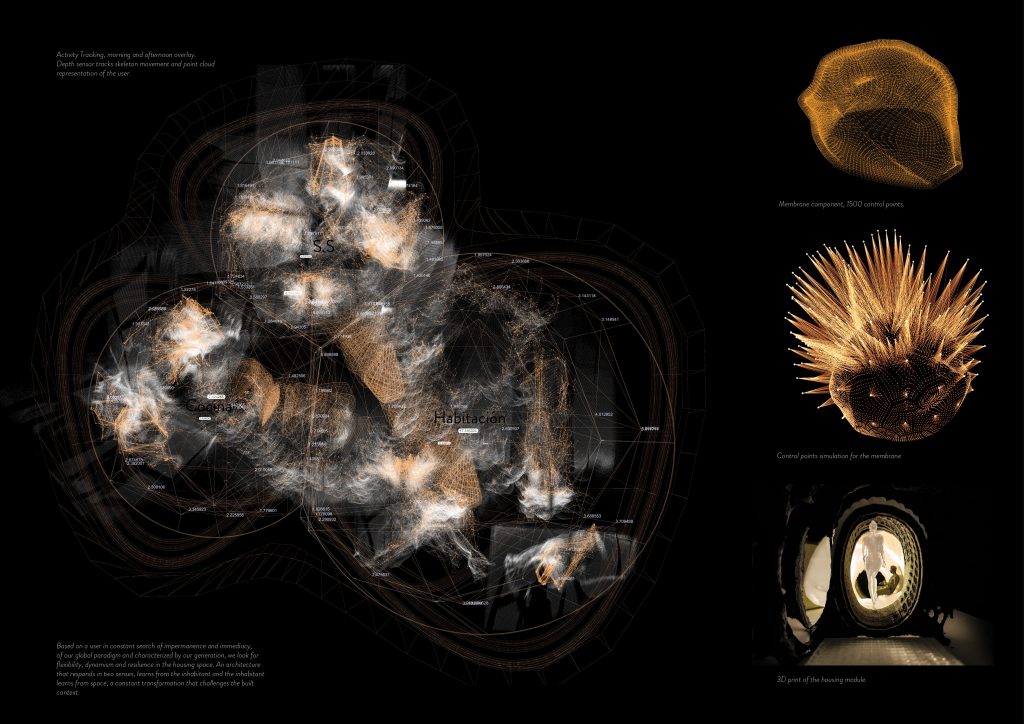How to Design a Room Using Computational Design

If you are like me, you have probably spent hours on Designspiration, Pinterest, Houzz, and Architectural Digest. It is so easy to get caught up in the search for the perfect design. The truth is, there is no perfect design. So why don’t we focus on designing a room that’s perfect for us? This post will review designing a room using computational design.
Computational design is the study of designing and building design. It is one of the fastest-growing areas of architectural practice. Why? The computational design brings together two seemingly unrelated fields: computer science and architecture. By combining these two fields, we can transform the way we design our homes. These days, computational design is used in many different applications – from helping architects and engineers design optimal living environments to helping interior designers create practical, beautiful designs. In this post, we are going to look at computational design concerning interior design.
The concept of Computational Design is based on the idea that the designer should try to represent the real-life room as accurately as possible. When designers have tried to create realistic images from other creative media (like CGI), they ended up with bizarre images that were barely recognizable as the real world. However, that is not the case when designing rooms with Computational Design. As I mentioned earlier, the process of designing a room using Computational Design has some parallels with the traditional methods of designing a room. Nevertheless, what sets Computational Design apart from traditional methods is that this method eliminates the need to spend much time on research.
First, let us look at the process of how I use computational design for design inspiration. There are two distinct stages of the design process – the conceptual and the actual design. The conceptual stage consists of research and inspiration gathering, while the actual stage is the actual design. This means, when I conceptualize a room, I know the functional and technical details for that room. I know what I want to achieve by designing the room, but I do not know which materials I will use. I typically start by researching the colors, furnishings, and finishes. Once I know what materials I want to use, I start creating prototypes using my 3D modeling program (or any CAD package that comes with the software). Moreover, I quickly refine my designs using Photogrammetry.
Designing a room takes time, skill, and patience. It takes investing your time to be successful. The good news is that computational design can help you focus your efforts on designing the best room possible.

